
As demonstrators marched across New York City, calling for racial justice in the wake of the police killings of George Floyd and Breonna Taylor, Fordham Law student Abdulai Turay ’22 and the executive board of the Black Law Students Association (BLSA) were channeling their anguish into a list of demands.
Turay, BLSA’s president, was working with his fellow students to turn their hopes and frustrations into concrete policy changes they could take to Fordham Law School Dean Matthew Diller. Their goal: address systemic racism and create a more inclusive environment at Fordham Law.
Meanwhile, like many Fordham Law students, Yazmine Nichols ’20 was compelled to march in the streets. For Nichols, the marches took on even more significance after her sister was arrested while protesting police brutality.
Seven years after the murder of Trayvon Martin gave rise to the Black Lives Matter movement—and after the deaths of Eric Garner, Michael Brown, Sandra Bland, and so many others gave it greater urgency—millions have marched and presented lists of demands.
Their cumulative efforts and years of mounting pressure have finally forced institutions across the country to grapple with the legacy of systemic racism.
Among the institutions called upon to act, law schools will have an outsized impact with their response as they are gatekeepers to the criminal justice system, which has been shown to disproportionately affect people of color—particularly Black Americans who are more likely to be arrested and convicted and serve longer sentences than whites.
Several months after George Floyd’s death, the difficult work of closing the gap between America’s promise of equality and the reality within law schools is underway, and the actions taken in the coming months could prove pivotal.
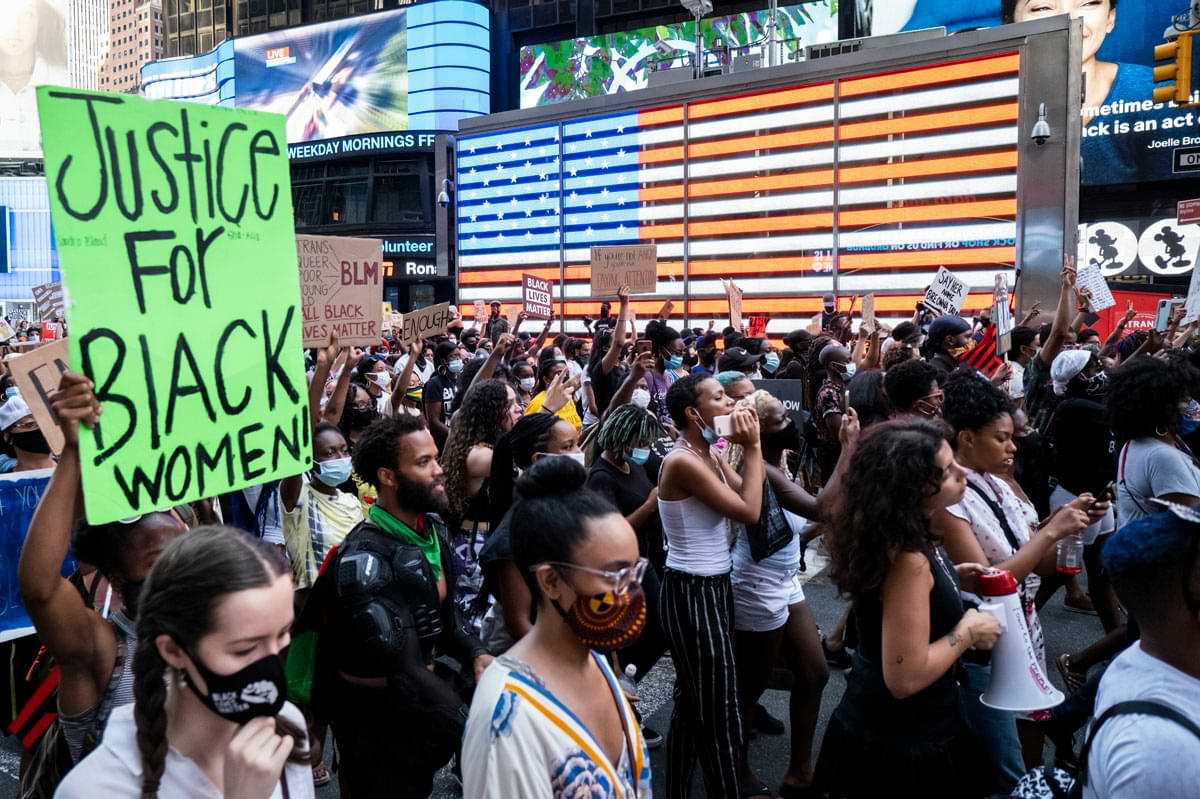

It was just ‘how can we help, how can we proceed?’ Because enough is enough.
For some, the murder of George Floyd was a brutal awakening that sparked a national movement against police brutality and systemic racism.
For others, it was yet another reminder of the discrimination and danger they face in their daily lives—how the simple pleasures of bird watching, a family barbecue in a park, or sitting down at a coffee shop can lead to a police encounter.
Spurred by years of activism, there has been a growing awareness of how racism affects the lives of people of color as more have stepped forward to share their experiences. Online, many have taken to cataloging the discrimination they encounter as they go about their daily lives at work or at school—including at Fordham Law—through social media.
Unlike other recent protests, the focus has expanded beyond the criminal justice system to address systemic racism in many forms. In a sign of this widening movement, these calls are no longer just heard in the streets, but also in the halls of businesses, nonprofits, institutions—and even government offices.
While some of these efforts have been widely publicized, much more is happening quietly in organizations large and small, driven by students and employees as well as leaders. Few have been unaffected, and Fordham Law School is no exception.



Following the death of George Floyd in late May, Dean Matthew Diller released a statement “condemning our country’s long history of racism, particularly against African Americans.” He noted, “as law students and lawyers, we have a special commitment to work toward the principle of equal justice under law.”
Diller underscored Fordham Law’s responsibility as a law school to act to “ensure that those who take the lives of young Black and brown men are brought to justice” and also “work to enact laws and policies to protect young people from marginalized communities.”
In closing, he cast an eye inward, recognizing the need for Fordham Law to live up to this moment and do more to “ensure full inclusion” of students of color within its own walls.
While the statement was an important start, people of color and allies wanted a clearer plan with details on how the Law School would tackle systemic racism in light of long-standing disparities.
In Turay’s class of 417, there are 20 Black students. After reaching a little over 9 percent in the late ’90s, the percentage of Black students in each incoming class has hovered at 4 to 5 percent over the past decade, according to mandatory American Bar Association disclosure reports.
“I was one of only two Black males in a section of 80-plus students. One of my mentors, who attended Fordham 25 years ago, was also one of two Black males in his section,” Turay says. “When you think about it, this is a school in New York City, one of the most diverse cities in the world. It just doesn’t make sense.”
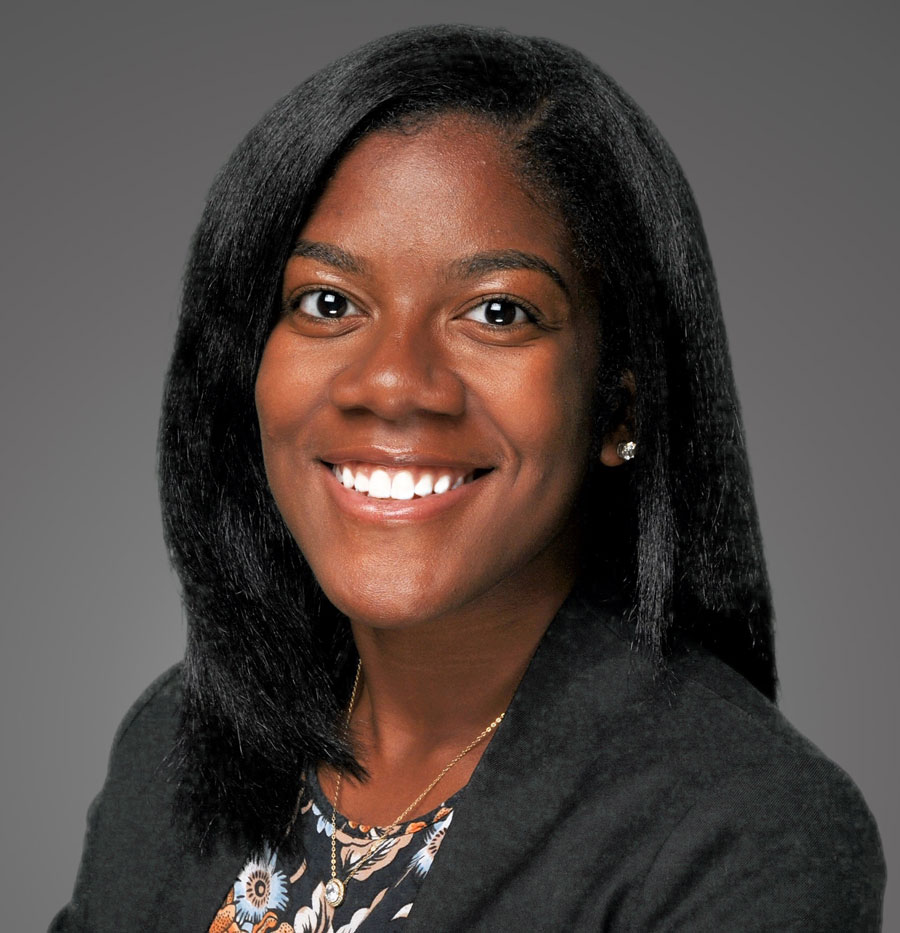
So the BLSA held a listening session with members of its general body and the executive board, who shared their concerns and discussed what could be done to make Fordham Law more inclusive. Everything was on the table from the curriculum to admissions policies to recruitment practices.
Turay and BLSA Vice President Tatiana Hyman ’22 spent hours writing and researching how to turn what was shared into a list of policy changes that they could present to Diller.
“The goal was to have something in writing to hold the administration accountable,” says Turay. “This was all in the midst of [Floyd’s] killing. I didn’t even have time to fully process it. It was just ‘how can we help, how can we proceed?’ Because enough is enough.”
Within Fordham Law, the murder of George Floyd released a flood of pent-up frustration—not just from students of color, but also faculty, alumni, and those who shared their concerns.


In addition to the BLSA, other groups of students began letter-writing campaigns to the Dean and the administration. At the same time, members of Fordham Law’s faculty, led by Professor Paolo Galizzi, came together to draft a joint statement on how to address racism internally as an institution.
“It was a call to act both more urgently and more effectively,” Diller says of the many statements and letters he received from students, faculty, and alumni. “We had taken a variety of steps and measures in the past because we certainly knew of the issue … but the steps we had taken were nowhere near strong enough and hadn’t had the impact they needed to have.”
In response, Diller, along with Assistant Dean of Student Affairs and Diversity Kimathi Gordon-Somers, met with several students, including Turay and Hyman.
“Both of them were receptive and they seemed very genuine about bringing forth this change,” Turay says, reflecting on the meeting. “For me now, it’s making sure that change is sustainable. It’s not enough to just admit Black students, but once they’re there, what kind of support you give them.”
To that end, on June 12, Diller released a more detailed road map outlining how Fordham Law will address structural racism. In it, the Dean laid out a three-point plan to expand diversity and put in place support systems for students of color; create a more welcoming and inclusive environment; and commit to fighting for racial justice.
“Our students aren’t going to feel supported until we have a more diverse faculty and a more diverse student body,” says Diller. “That doesn’t happen unless we take affirmative steps to bring that about, and also focus on the experience that students are having now so they can be ambassadors for us.”
The Dean’s plan has been welcomed with cautious optimism.
Professor Catherine Powell, who specializes in race, gender, and international law and has been a member of Fordham Law’s faculty since 2003 (with a brief leave of absence to serve in the Obama administration), says, “While I felt like discussion of low Black student enrollment was getting swept under the rug for several years, I’m impressed by [the Dean’s] new plan and commitment to create a more inclusive space at Fordham.”
“I was heartened that he has been so responsive to the concerns raised by faculty and students,” she adds. “In the aftermath of George Floyd’s murder and the uprising, we began to have a conversation about how these issues weren’t just for the NYPD or what’s happening outside of our walls; there are issues inside our own institution that we need to start talking about.”
With a road map in place, now begins the difficult work of making systemic changes, transforming culture, and building trust.
By Diller’s own admission, “too many students of color do not feel embraced and supported by Fordham Law and instead feel isolated and marginalized.”
Beyond admissions and recruitment, for many students of color at Fordham Law, the sense of isolation and marginalization can be traced to the classroom.
While the Law School has expanded its course offerings to explore themes ranging from implicit bias to slavery and the Constitution, some students of color had hoped for more explicit discussions of how race and law intersect in their first year curriculum.
“In open discussions, the law is often presented as a blind arbitrator that doesn’t talk about issues of class and race, so when these issues pop up it’s up to the students to bring it up and to talk about why race, class, or gender et cetera would play a role in these cases,” says Fordham Law student Hema Lochan ’21.
“When you’re one of the few students of color in a class, that can feel very uncomfortable,” she adds.
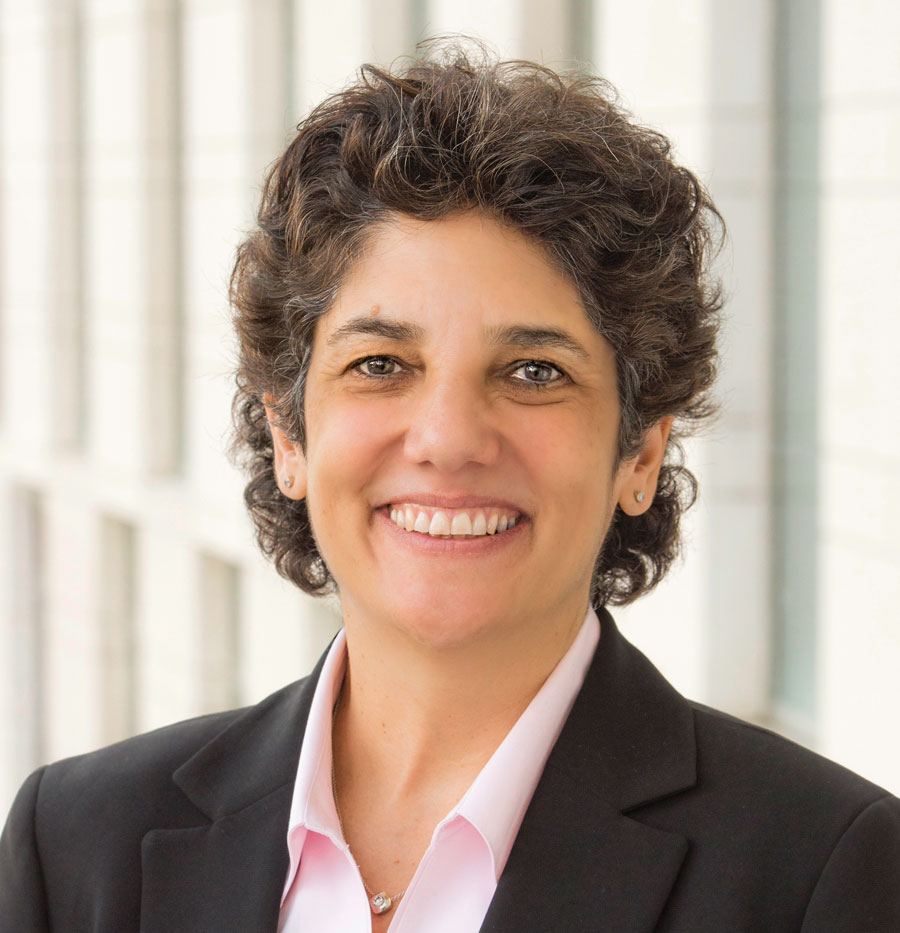
Since the founding of our nation, race and law have been inescapably intertwined, notes Professor Elizabeth Cooper, the faculty director of the Feerick Center for Social Justice.
Among many possible examples, Professor Cooper points to the fact that within the Constitution, the framers codified the notion that slaves were to be counted as three-fifths of a person when determining a state’s population for legislative representation or taxation. In contract law, Black people and women were unable to enter into contracts in their own name. And in criminal law, Black people were not allowed to sit on juries.
Based on her conversations with students of color, Professor Cooper adds, “[students] would rather faculty endeavor to talk about race and racism than pretend it doesn’t exist. That means not only dealing with the offensive statement that someone might make, but also recognizing the historical context in which much U.S. law has developed.”

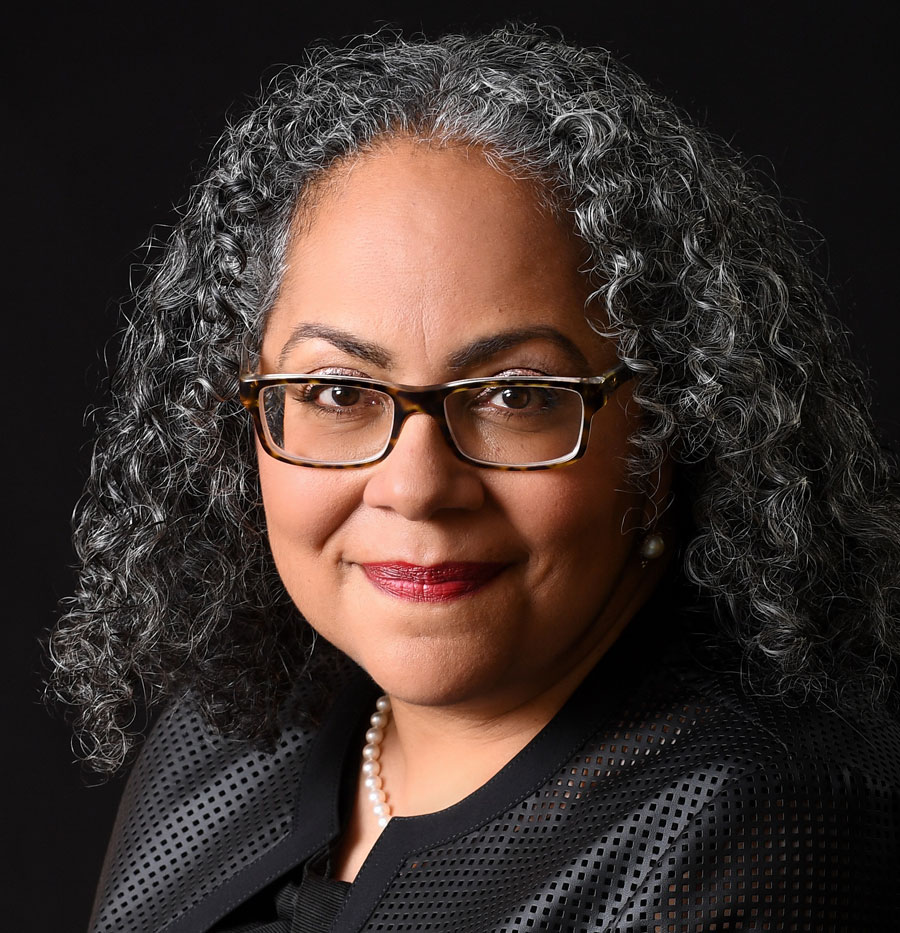
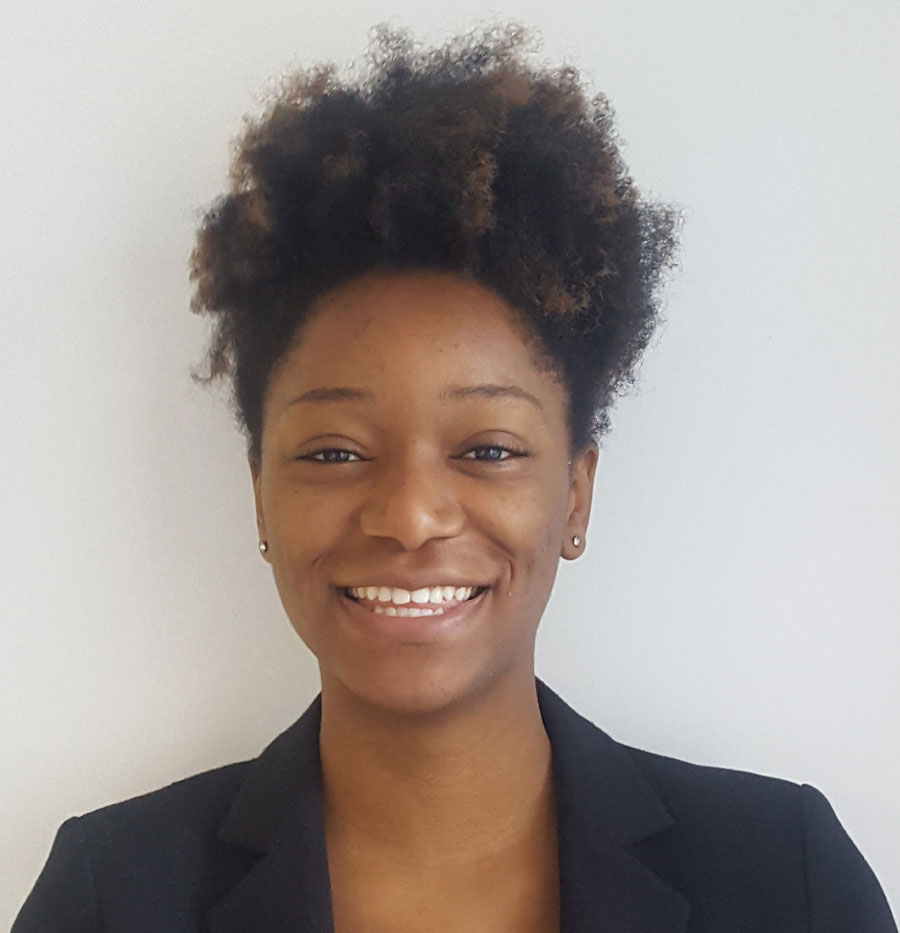
In contrast, Isedua Oribhabor ’18, a policy analyst at Access Now who works to hold government authorities and tech companies accountable when using technologies like facial recognition that disproportionately impact people of color, noticed a stark difference in class dynamics when she took a course with Professor Powell.
“I found myself being surprised when I was in Professor Powell’s class by the way issues were approached,” Oribhabor recalls. “I can very much see the difference of having professors who, when we talk about issues of justice, can approach it from a racial justice angle in a way that is authentic, personal, and more understanding.”
She also felt class discussions were “freer and more open.” Overall, Oribhabor says, “It made a big difference to me seeing some diversity within the faculty, and I wish there were more.”
The calls for incorporating a critical racial analysis into the curricula are not unique to Fordham Law. They are part of a growing chorus at law schools throughout the nation.
In response, Fordham Law faculty members were among 300 professors, deans, and administrators from law schools in the New York City area who gathered in July to develop programs, discuss curricula, and share ideas on how to better tackle systemic racism within their institutions.
Among those in attendance was Professor Bennett Capers, a new member of Fordham Law’s faculty and the recently appointed director of the school’s Center on Race, Law and Justice. He says “The idea was thinking about ways to bring discussions of race into the entire law school curriculum.”
“Students want more [discussions about] race,” he says.
Professor Capers believes “many people are uncomfortable mentioning race because they’re afraid they’ll say the wrong thing. Part of the task is how to become either comfortable talking about race or at least comfortable enough to explain to students why they’re not talking about race.”
In grappling with how to respond to the growing movement for racial justice, Professor Cooper took it upon herself to organize a book group at Fordham Law so she and her colleagues could better understand race—and ultimately become better teachers.

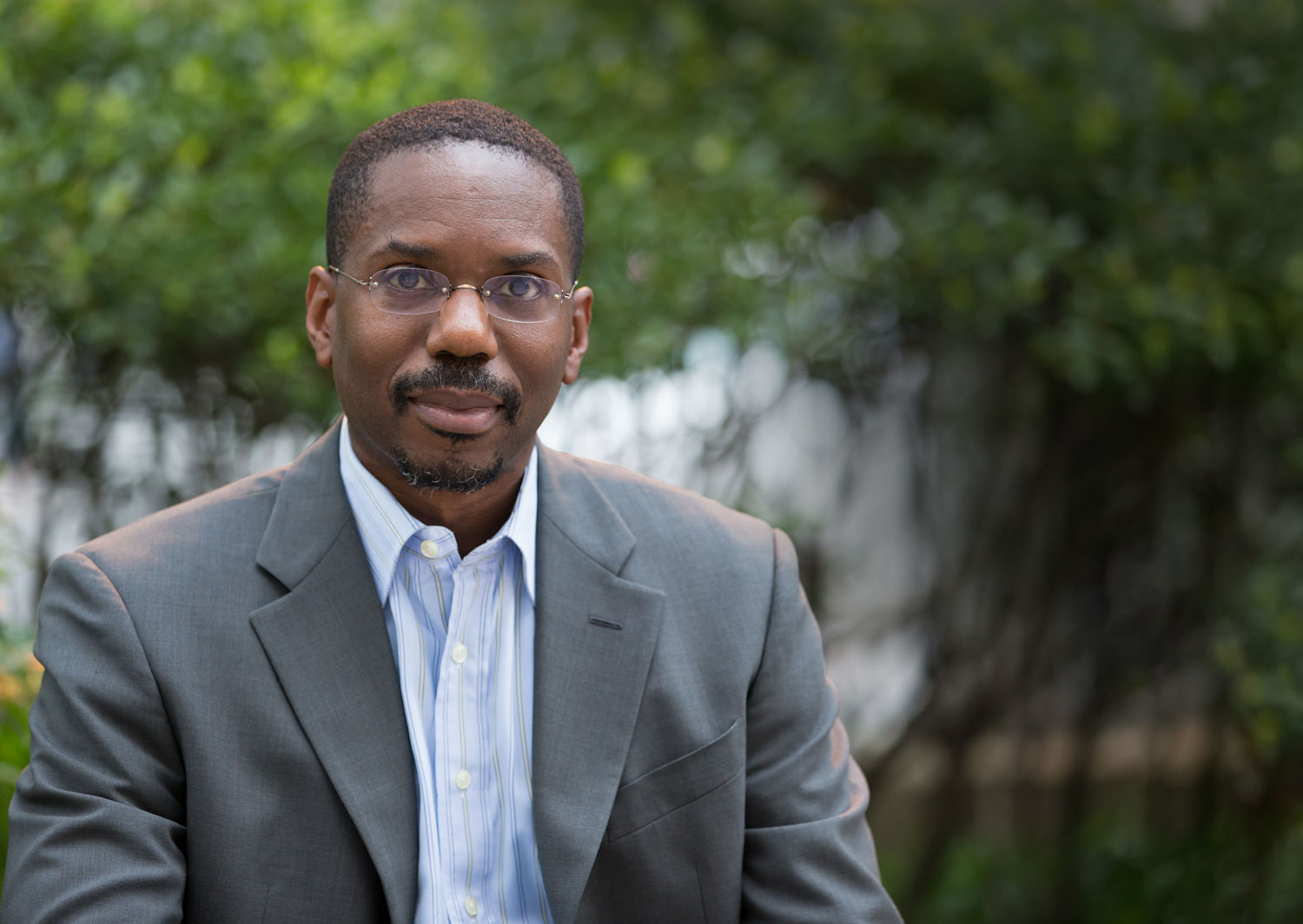

“By having hard and honest conversations, we can start to develop the muscle and capacity to reduce the likelihood of expressing even implicit bias ourselves, and also know better how to manage classrooms if a student expresses bias, whether implicit or explicit,” she says.
The group began meeting in July and has included as many as 25 faculty members. So far they have read White Fragility by Robin DiAngelo, How to Be an Anti-Racist by Ibram X. Kendi, and James Baldwin’s The Fire Next Time.
The discussions have already made an impact. According to Professor Cooper, one of her white colleagues is teaching differently this semester and “trying to confront their fear of making missteps or offending people by being more open” and explicitly seeking to “talk about race as the foundation of law.”
The Maloney Library has also launched a similar book group to discuss race and racism, open to all staff and faculty.
Professor Powell says she was “thrilled” by the book group and excited by the fact that “my white colleagues are stepping up.”
In part, that excitement comes from a sense of fatigue.
“Many Black faculty or faculty of color feel exhausted because we’ve been doing this work essentially our whole lives,” says Professor Powell. “It helps to have white allies take on that emotional and intellectual work.”
What’s notable about the current moment of racial reckoning, as several faculty and administrators at Fordham Law have observed, is how it has moved people outside of communities of color to act in a more profound way than after other recent protests. There has been a greater awareness of how individual actions matter and an increased sense of personal responsibility, which has extended beyond the walls of Fordham and into the legal profession.
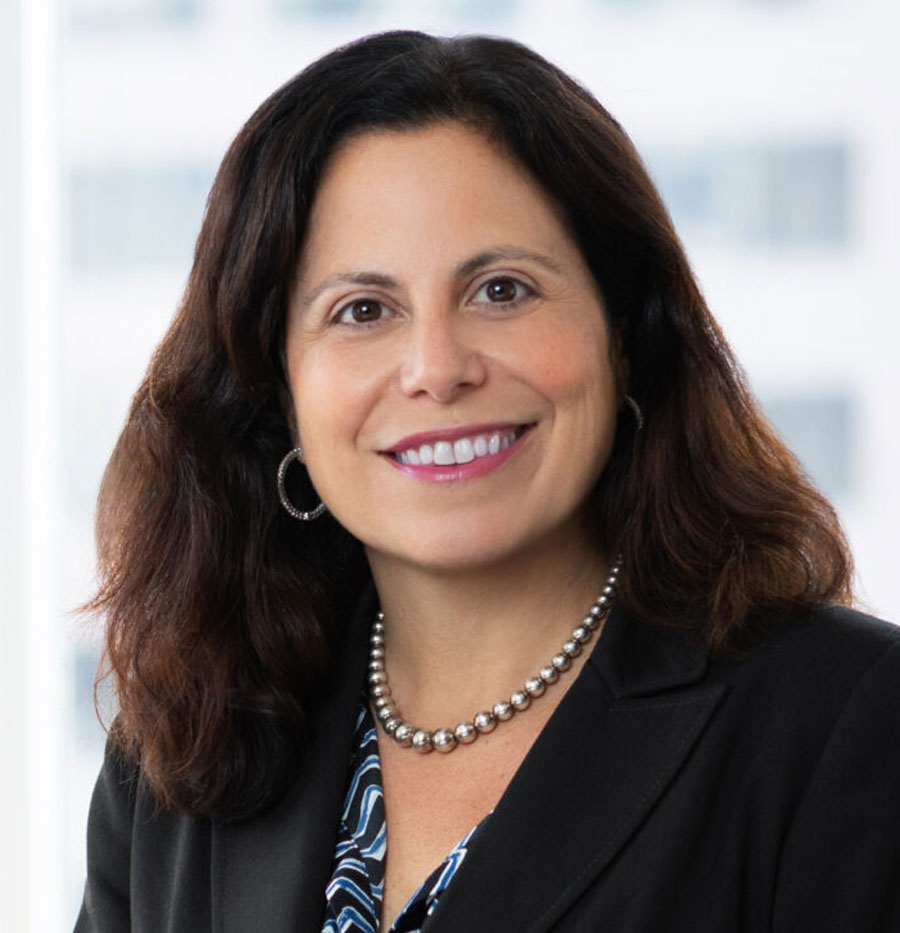
Palmina Fava ’97, president of the Fordham Law Alumni Association (FLAA) and a partner at Vinson and Elkins specializing in government investigations, says “each of us within our own companies and firms needs to advance this dialogue.”
As alumni, Fava believes she and her classmates have a special responsibility to act.
“All of us are called upon to pay it forward and to fulfill the motto of Fordham Law School, ‘In the Service of Others,’” says Fava. “We need to find ways in which we can serve and improve the communities we live and work in.”
For her part, Fava has long been mindful of the gender gap as well as the racial disparities in the legal profession, and taken pains to ensure more women and people of color have opportunities for promotion, elevation, and recognition.
“We must use whatever platform we have to advocate for more equitable and inclusive policies, practices, and leadership,” Fava says.
Since the most recent demonstrations began, Fava has noticed a shift.
“The conversations over the last several months are causing people to be more deliberate in, and mindful of, their choices,” says Fava. “Some of the decisions we make may seem innocuous, like choosing to work with one associate over another or to support financially certain companies over another, but those decisions have an impact—in the former case, on someone’s advancement, and in the latter case, on whether the entity makes changes to its business practices or leadership.”
Despite this positive change, Fava recognizes there is still a significant amount of work that must be done. “There are far too few women and people of color who are partners at law firms, who are in the C-Suite, or who are board members of publicly traded companies. We should have much more diverse representation in 2020,” she says.

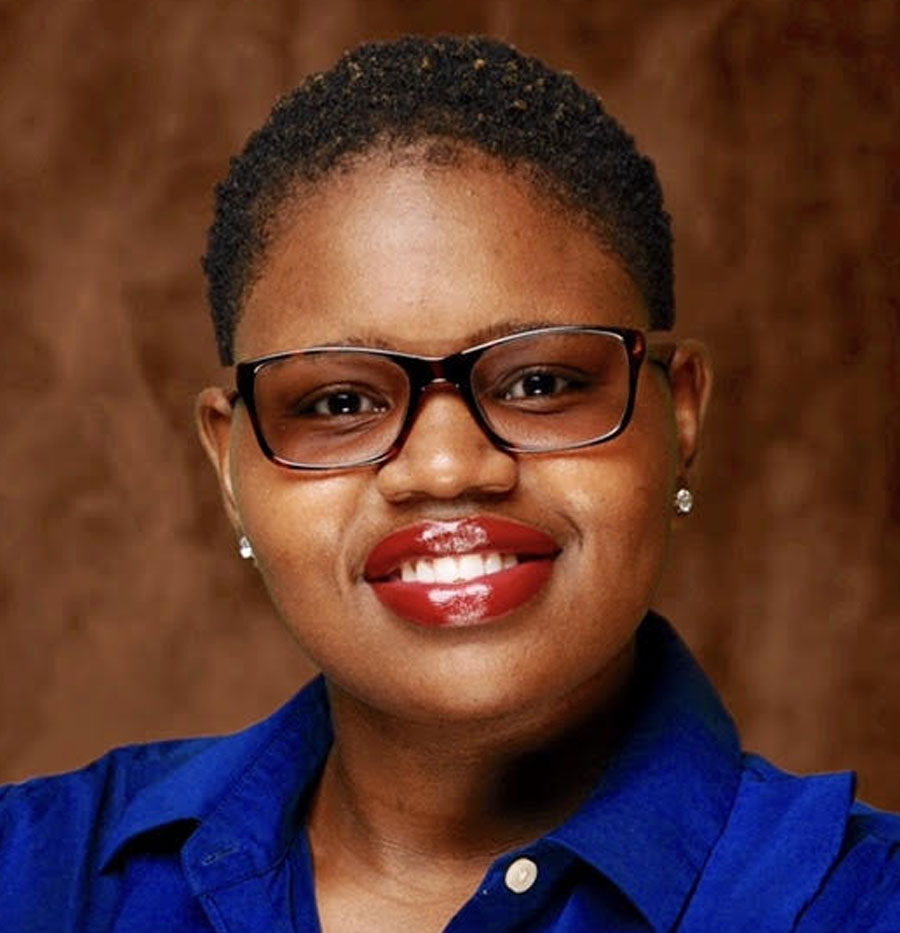
As critical as individual actions are, addressing long-standing discrimination requires systemic changes, which most often means deliberate policy changes on the part of senior leaders.
“Systems matter and policies matter,” says Fordham Law Professor Tanya Hernández, who has written extensively on the intersection of race and law and also works with organizations to address discrimination internally.
“An institution gets changed by dealing with the institution as a system with structural inequalities and with policies that need to be rethought and new policies that need to be instituted,” says Professor Hernández.
At Fordham, the calls for systemic change have led to several policy shifts—many of which have already been set into motion as part of the Dean’s road map.
Diller has committed to expanding the diversity of the student body, and Black enrollment has nearly doubled from 20 Black students in last year’s class to 37 in this year’s class.

Meanwhile, Fordham Law has appointed Kamille Dean as the director of diversity, equity, and inclusion, a newly created position that will oversee many of the school’s diversity initiatives, and hired Jennifer Haastrup as the diversity, equity, and inclusion program manager within the Office of Student Affairs to expand counseling and support for students of color.
At the students’ urging, Diller also announced the mandatory program on diversity and inclusion for all first-year students would be reconceived to focus on anti-racism more explicitly. In addition, he pledged the school will require all faculty to participate in trainings that focus on issues of anti-racism, unconscious bias awareness, and cultural competencies.
Furthermore, he reported the development of a comprehensive strategic diversity plan to guide the Law School in the years ahead. As a first step in this process, the school is conducting a climate study to further identify areas of persistent racial inequality and actions to remedy structural discrimination.
Assistant Dean Gordon-Somers noted that increasing diversity is a two-way process. Not only must the Law School make an effort to recruit more students of color, but it must also make itself attractive to students of color so they choose to attend Fordham Law.
“There are students of color—marginalized students—particularly Black students, who may be admitted to Fordham but end up going elsewhere for any number of reasons,” Gordon-Somers says. “One of the things we need to do is impact the culture here and make sure that culture is reflected.”
Echoing the students, Gordon-Somers underscores the importance of developing a curriculum “that speaks more toward marginalized individuals and the types of concerns they have” with “teachings in classes that focus on issues relating to race.” He also stresses the need for “putting together financial packages that are appealing to students of color.”

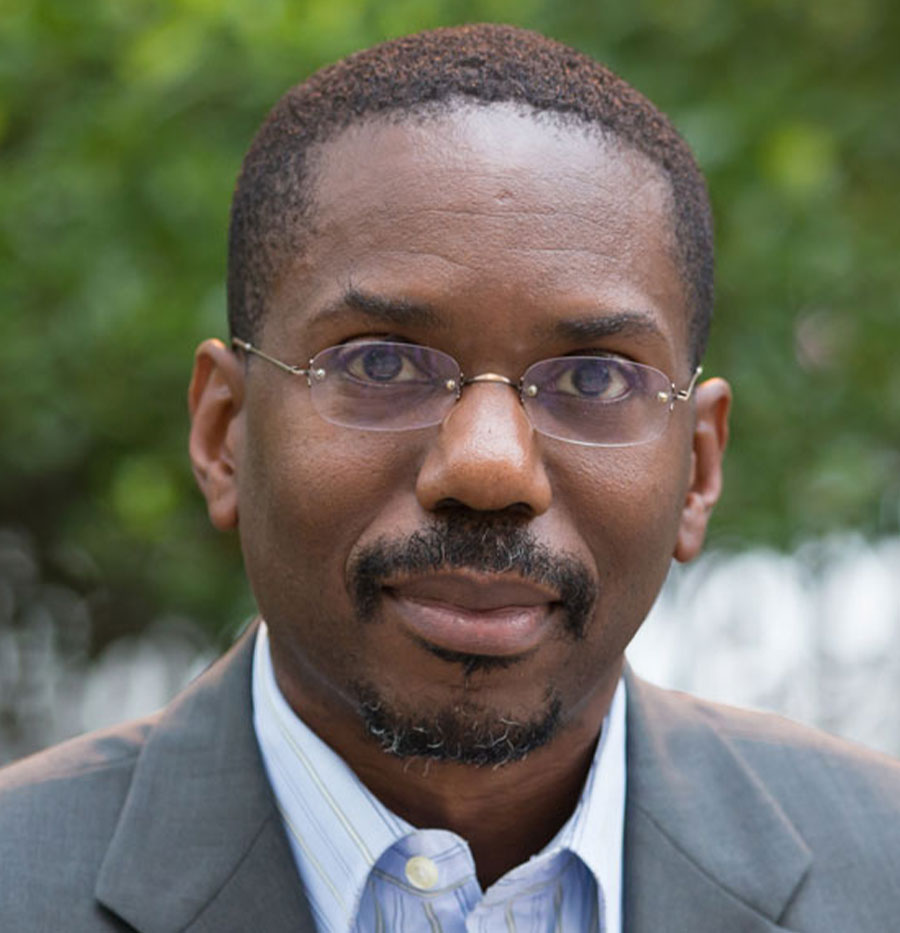
But above all, Gordon-Somers emphasizes the need to make sure students of color and underrepresented students as a whole feel welcome and a part of the community. Beyond trainings, he points to the creation of the Dean’s Student Advisory Council on Diversity and Fordham Dialogue Days as two critical initiatives to help build a more inclusive culture.
The Dean’s Student Advisory Council on Diversity will consist of 20 to 25 students from a broad cross section of the Law School that will meet several times a semester with Diller, Gordon-Somers, and the newly appointed Director of Diversity, Equity, and Inclusion, Kamille Dean.
“The idea behind the advisory council is to get the pulse of the student body through open and safe conversations with the council as it relates to diversity and any issues they raise—the students really run the meeting,” Gordon-Somers says.
With Fordham Dialogue Days, Gordon-Somers says, the goal is to “engage in discussions on social justice issues and to make sure we are not so siloed in our own perspective, but that we consider arguments and positions of the other side, so we can develop a community here with an aptitude for listening to one another and potentially accepting opposing positions.”
Gordon-Somers hopes to accomplish this by facilitating a series of discussions between students, staff, faculty, and administrators on social justice issues. An expert in the field will provide an initial overview, and participants will then break into smaller, moderated groups of individuals with opposing viewpoints.
The point is to have “truthful and real communications,” but in a safe environment that encourages growth and understanding, Gordon-Somers says.
To ensure these initiatives succeed, Diller has sought to mobilize the entirety of the Fordham Law community.



“It takes an institutional commitment that has to run throughout our community, and as the Dean, it’s my job to marshal that commitment,” Diller says. “That means drawing on our alumni, our current students, our faculty, and our staff. It means having everyone work together to address this issue.”
So far, discussions to engage the alumni community have already taken place. Fava and the Fordham Law Alumni Association have been asked to serve as moderators on Dialogue Days as well as mentors for students.
In addition, the Fordham Law Alumni Attorneys of Color (AAC) Affinity Group has started a monthly virtual series dubbed “How To Survive and Advance During Challenging Times.” The goal of the meetings is to provide resources and support to alumni of color as they navigate the realities of working through both a pandemic and a growing movement for racial justice within many organizations.

“Many attorneys of color are first-generation, which means we don’t have parents, grandparents, or aunts and uncles who are lawyers that we can turn to for a frame of reference. As the first in our families, it’s important to create this space. First, it was figuring out the lay of the land professionally, and now it’s figuring it out the lay of the land virtually,” says Brenda Gill ’95, AAC founder and chair, who also serves on the board of directors of the Fordham Law Alumni Association.
Meanwhile, faculty and administrators are working to raise philanthropic support for the Law School’s diversity initiatives and expand scholarship and academic support for students of color. To date, their efforts have yielded more than $3.5 million.
The largest donation, nearly $1.4 million, comes from an anonymous donor. The gift will support several initiatives, including a scholarship fund for students from first-generation or underrepresented communities, a career-planning counselor to support students from underrepresented communities, and the Increasing Diversity in Education and the Law (IDEAL) pipeline program, which introduces students of color and other underrepresented students in the New York City area to the legal profession.
In addition to the anonymous gift, David Tanen ’96, who serves on the Dean’s Planning Council, has donated $1.25 million to support a wide range of the school’s diversity initiatives, including expanded training and programming like Dialogue Days, as well as the climate study and strategic plan for racial justice.
And Denis Cronin ’72, a former president and longtime trustee of the Fordham Law Alumni Association and past chair of the Dean’s Planning Council, and his wife, Linda, are supporting the creation of the new Director of Diversity and Inclusion position with a $400,000 gift.
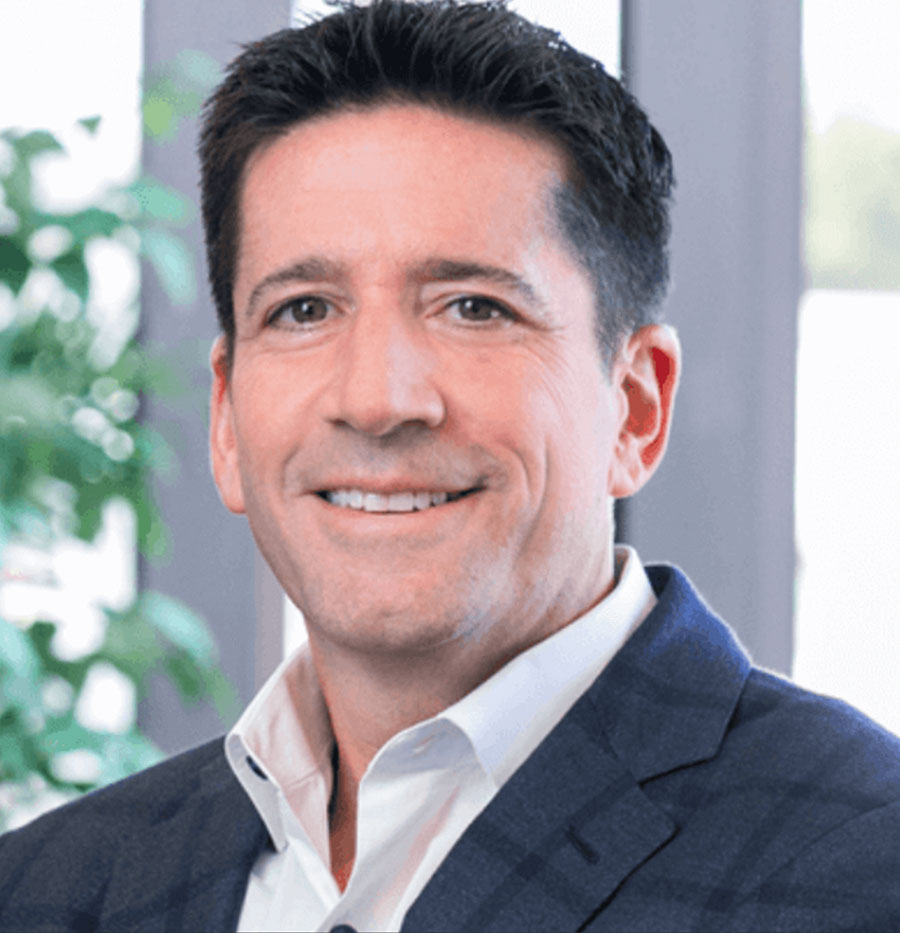

Professor Galizzi, who helped spearhead the faculty statement to the Dean earlier this summer, has also helped raise more than $100,000 toward the creation of a new scholarship in honor of the late Deborah A. Batts, the first tenured Black member of the Fordham Law faculty and the first openly LGBT member of the federal judiciary.
The new scholarship will be awarded to select students who have overcome economic, social, or educational disadvantage and are committed to using their legal education to promote social justice, civil rights, and equality.
In addition to the Batts scholarship, the Law School has created the Lawrence W. Pierce scholarship program, which will provide opportunities to students from underrepresented groups in the legal profession. The scholarship is named in honor of the late Lawrence W. Pierce ’51, the third Black judge to serve on the U.S. Court of Appeals for the Second Circuit.
Concurrently, Professor Capers helped secure a nearly $400,000 contribution from Microsoft to dramatically expand the work of Fordham Law’s Center on Race, Law and Justice.

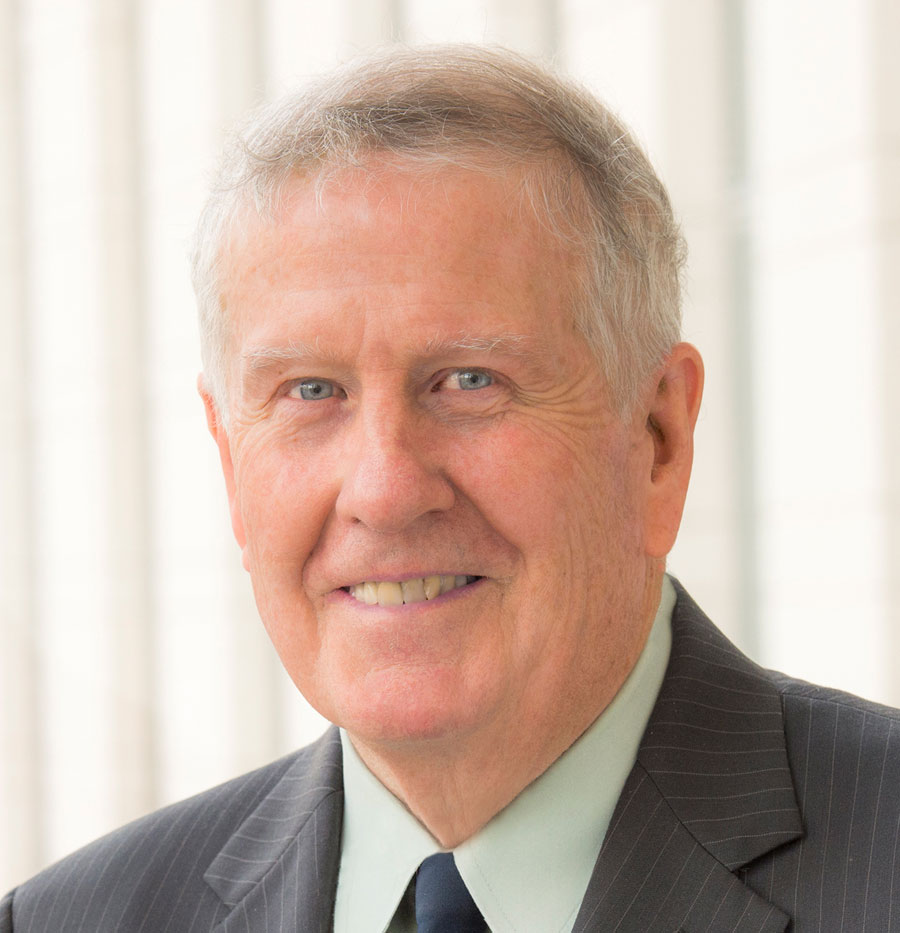
This “transformational gift,” as Professor Capers calls it, comes at an inflection point for the Center. At a time when race, law, and justice are the focus of so much attention, Professor Capers brings a fresh perspective as both the new director of the Center and a new member of Fordham Law’s faculty.
Professor Capers has already begun charting a path that builds on his predecessor’s efforts, deepening the Center’s work both internally at Fordham and externally.
“The goal is really for the Center to be a resource for all students, and to get all of us thinking about race in ways that a lot of students and professors in universities just haven’t,” says Professor Capers.
For him, that means building stronger ties with students throughout the Law School, including the identity-based groups that serve Black, Latino, Asian, Muslim, and LGBT students, as well as like-minded anti-racist student groups like the Coalition of Concerned Students.
Externally, Professor Capers hopes the Center will become more actively involved in making policy recommendations and move beyond serving as an academic incubator. In his brief time as director, the Center has already made headway toward that goal, hosting several widely attended virtual events that tackle the ways in which race and the law intersect and its policy implications.
Events have included a discussion on how to reform policing after protests, which featured prominent academics and NYPD First Deputy Commissioner Ben Tucker ’81 (see story), as well as a continuing legal education discussion on the best practices for pursuing workplace diversity, addressing unconscious biases, and recognizing racial blind spots.
Throughout Fordham Law’s 115-year history, its values have often pushed it ahead of the social norms that ruled the day.
When Fordham Law was first established in 1905, the United States was in the throes of vicious anti-Catholic and anti-immigrant movements. According to Fordham University School of Law: A History by Fordham Law Professor Robert Kaczorowski, “The legal profession’s elites openly declared their intention to raise barriers to entry in order to exclude immigrants and their children who were Catholics and Jews from eastern and southern Europe.”
Their efforts were fueled by their belief that “these groups lacked the moral character, the understanding of the American legal and political system, and the appreciation of American values essential to the practice of law and to the leadership roles lawyers played.”
So from its founding, Fordham Law opened its doors to students who were not welcome at other law schools because of where they came from, how they worshipped, or what they looked like.
In 1918, two years before women were granted the right to vote, the first eight women enrolled at Fordham Law. Three years later, in 1921, Ruth Whitehead Whaley and Oliver D. Williams became the first Black students to enroll at the Law School—more than two decades before the American Bar Association would admit its first Black members.
While Fordham Law has always been at the forefront of welcoming students of every race, religion, and gender, according to Professor Kaczorowski, “the number of African American students at Fordham Law School was negligible, and the number of female students was quite small” until the 1970s.
When John Feerick ’61 became the Dean of Fordham Law School in 1982, he recalled “our numbers were almost appalling” in terms of diversity.
So Feerick, as a former president of the FLAA, reached out to several prominent Black Fordham Law graduates and asked for their help in developing a strategic plan to increase diversity.
“Getting a lot of people working on it was helpful,” he says.
Feerick sought to involve the entirety of the Fordham Law community in developing and implementing policies to boost admissions for students of color.
His administration engaged alumni of color to serve as ambassadors and asked students of color to assist in recruitment efforts, working with them to create the first identity-based groups at Fordham Law, including the Black, Latino, and Asian Pacific American law students associations.
Feerick also helped clear the way for the Law School’s first LGBTQ student group, arranging for their leader to meet with Father Joseph O’Hare, the president of Fordham University at the time.
As Feerick writes in his memoir, That Further Shore, “At the time the issue of gay rights was an explosive one at other religious institutions, but the group’s assimilation at Fordham Law occurred without fanfare.”
Beyond Fordham, Feerick and his administration worked with pre-law programs in colleges predominantly serving people of color, as well as minority bar associations in the city to expand outreach.
“We were very conscious of diversity. That was an important factor in making decisions. Someone took a chance on me. I had a terrible LSAT when I applied to Fordham Law School,” Feerick says. “I’m always of the view you have to look beyond scores and take a look at a whole person. In a close case, whoever has been on the outs, disadvantaged, or excluded gets the benefit of that in my mind.”
Feerick and his administration’s efforts led to a rapid increase in diversity. From 1988 to 1993, the percentage of students of color entering each class more than doubled. By 1998, Fordham Law’s graduating class included 40 Black students, or 9.3 percent of the class, according to the school registrar’s records.
During that time, the faculty also grew more diverse. In 1984, Deborah A. Batts, for whom a new scholarship has been named, became the first Black faculty member at Fordham Law. By 1986, there were two faculty members of color, and by 1994, that number had grown to six.
Fordham Law was recognized for its efforts in several publications, including a 1998 issue of Black Issues in Higher Education, which rated law schools based on the number of professional degrees granted to students of color. Among American Bar Association–approved law schools, Fordham ranked 8th among African Americans, 19th for Latinos, and 25th for Asian Americans.
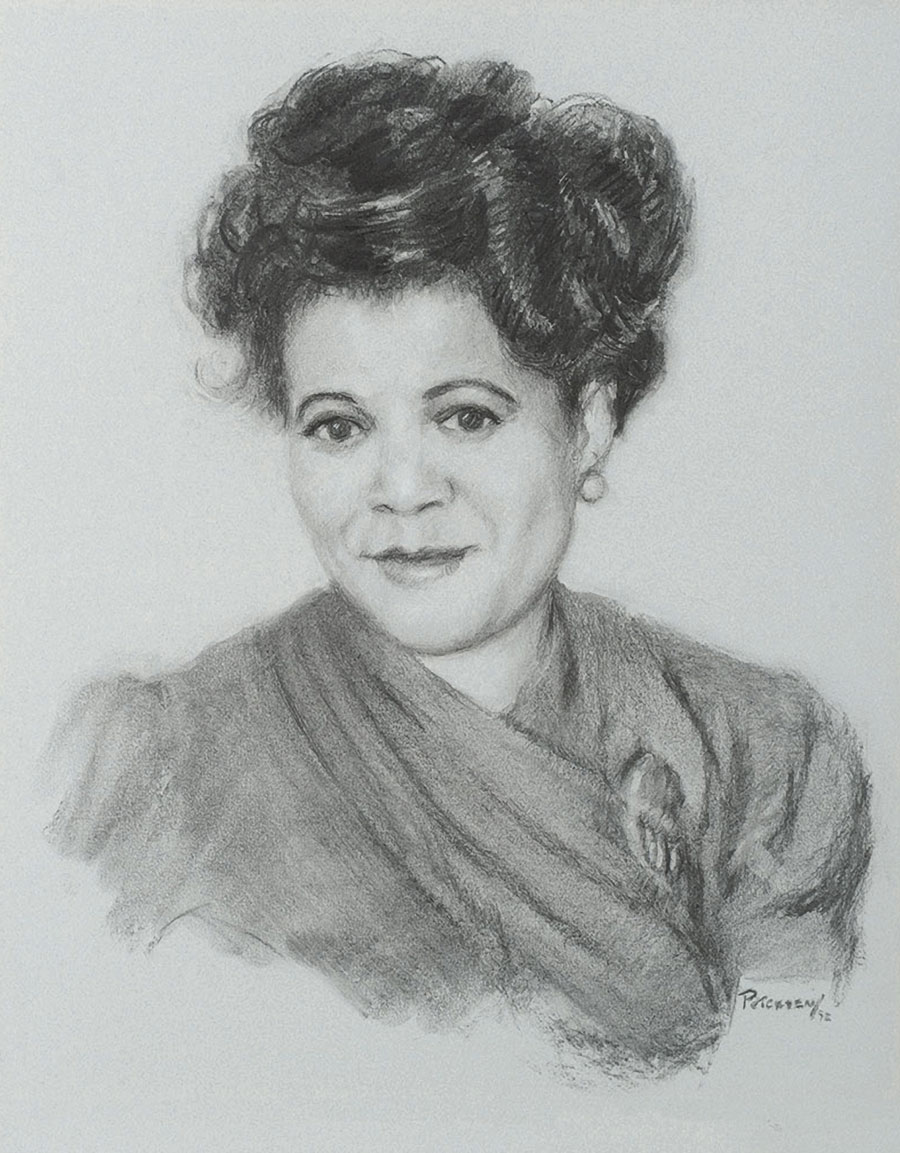
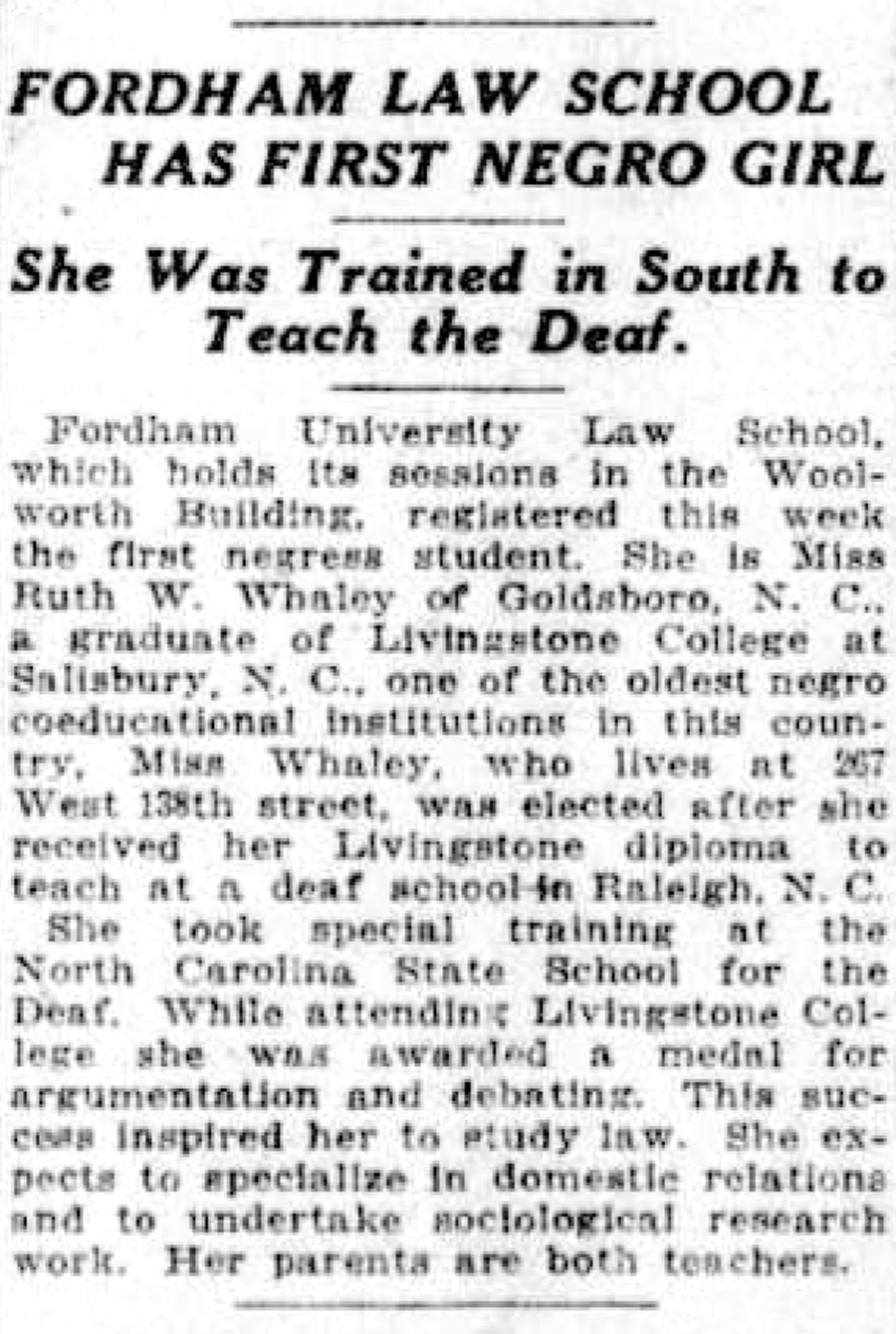
Bottom: Article from The New York Herald, September 24, 1921
However, following this surge was a national decline in Black enrollment at law schools—particularly at top-ranked schools. A study across U.S. law schools found Black representation for the incoming class of 2008 fell 7.5 percent compared with the entering class of 1993. Meanwhile, at some prestigious law schools, Black enrollment fell by more than 40 percent from 1999 to 2007.
In terms of this broader trend, Gordon-Somers says, “There have been some ebbs and flows in terms of applicants—especially Black male applicants—to law schools in general, and it has been pretty low, which is problematic.”
In particular, he points to the fact that “in recent years, the numbers of Black men in law school have been significantly lower than any other minority group.”
Fordham’s success and the subsequent nationwide decrease in Black enrollment underscore the challenges of maintaining diversity at law schools and the importance of instituting structural reforms to ensure progress is sustained.


In some ways, this moment of racial reckoning is an opportunity for Fordham Law to more fully embrace its founding principles.
As a Jesuit institution, social justice is at the heart of the Law School. Father John J. Collins, president of Fordham University at the time of the Law School’s founding, said in a speech that the “the professional schools were the mediums … for the uplifting of mankind.”
In his history of Fordham Law, Professor Kaczorowski writes that Father Collins “sought to train lawyers as public servants who should use their professional skills for the betterment of humankind and whose professional ethics derived from a higher authority than the common law.”
From its inception, Fordham Law was unique in that it required students to take two courses that were not required at most other law schools at the time because of its Jesuit and Catholic values.
The first was a course on General Jurisprudence, which related ‘‘to the ethical meaning of the law, and the proper conduct of the lawyer in professional life,” according to Professor Kaczorowski. The second was Legal Ethics, a course that addressed “some of the problems in legal ethics that confront the lawyer in actual practice.”
While these courses have become commonplace in most law schools, courses that explicitly grapple with race and the law have not.
At a time when it has become clear the legal system disproportionately impacts people of color and law schools have become the gatekeepers to that system, the concept of legal ethics and a law school’s curricula take on even greater significance—as do questions of what it means to be an ethical lawyer amid heightened awareness of systemic discrimination.
“The mission is a wonderful thing. The Jesuit perspective on tolerance and nurturing are good things, but they’re not quite enough. This set of race-neutral values doesn’t have a way of being effective when it doesn’t confront head-on the ways in which both our implicit and explicit biases are formed,” says Professor Hernández.
While a concern for inequality is deeply rooted in the ethos of the institution, Hernández explains, our current moment requires more. It demands everyone honestly consider how “being compassionate and caring in a race-neutral fashion is not effective in dealing with racial inequality.”
Echoing Professor Hernández, Yazmine Nichols ’20, who earned a Masters of Theology and Ethics before attending Fordham Law, says, “We have to view things in context and look at root issues—rather than responses to problems. So if we’re looking at what caused the protests, we should be more disturbed by the roots of the issue than the expressions of resistance to the issue.”
Nichols believes “Fordham as a Jesuit University has a moral responsibility to care about the lives that have been lost and to really push for change that addresses those underlying causes.”
While this is not the first time the nation has been called upon to more fully realize its founding principle of equality, Diller says this particular moment is like none that have preceded it.
“I find the new awakening after the murder of George Floyd and others to have been a lightbulb that has gone off in many people’s heads,” Diller says. “People who didn’t focus [on these issues] that much before understand the problem in a new and different way and understand the need to change. That’s hugely hopeful, and that’s what’s going to enable us to move forward.”

address this issue.


address this issue.
Whether or not this moment proves to be a decisive turning point in our nation’s history will ultimately be decided by the actions that are taken in the weeks and months ahead. But it is clear the Fordham Law community—from the students to alumni, faculty to administrators and staff—is heavily invested in ensuring they make the most of this opportunity.
In the years to come, this commitment to tackling systemic racism will undoubtedly be sustained in every incoming class by students dedicated to this work and by every graduate devoted to working “In the Service of Others.”
“Even though this is a challenging moment for our country, our institution—for all of us—we should see this as our moonshot toward racial justice. It’s an opportunity, and we shouldn’t waste this moment. We should try to take full advantage of it,” says Professor Powell.